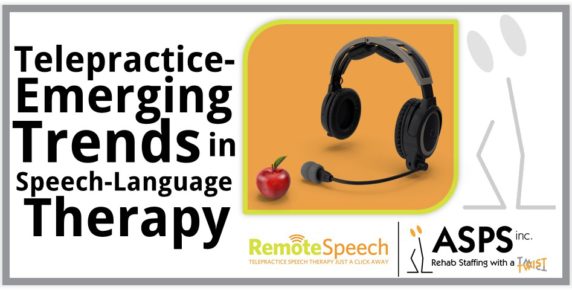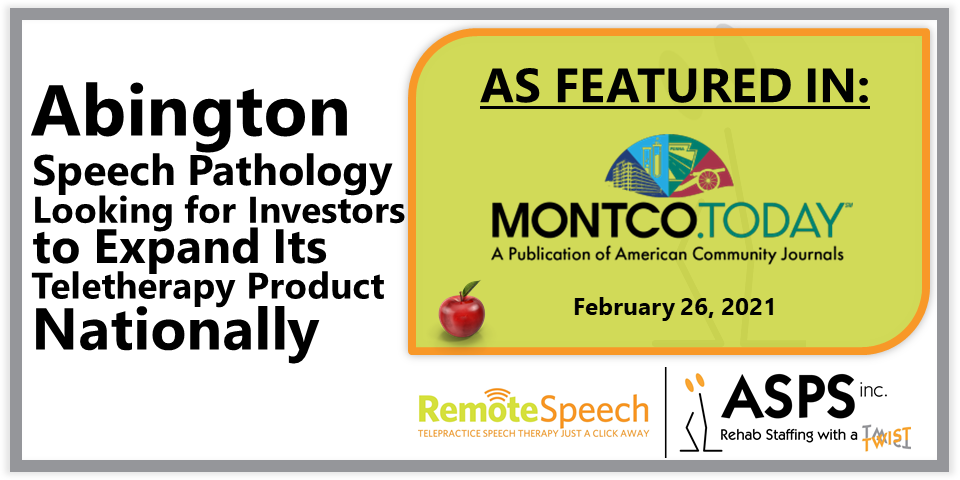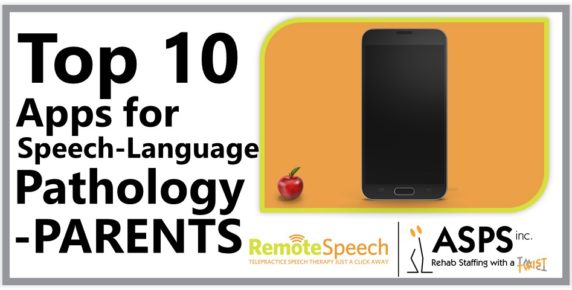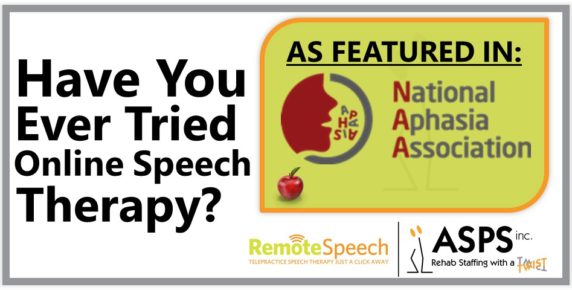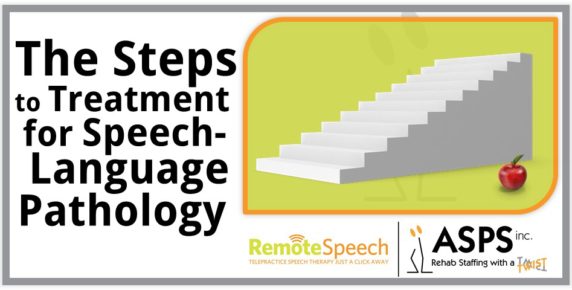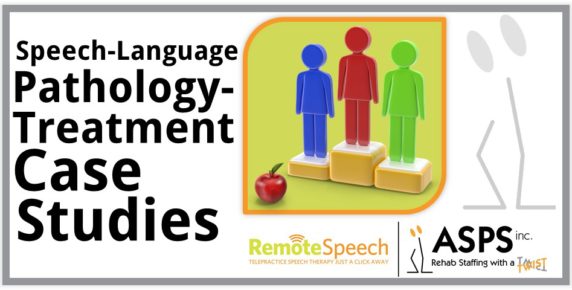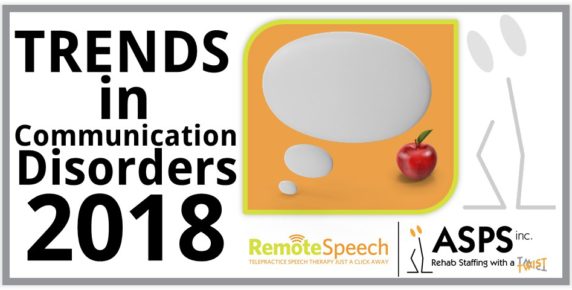As the American Speech Language Hearing Association (ASHA) describes, “Telepractice is the application of telecommunications technology to the delivery of speech-language pathology and audiology professional services at a distance by linking clinician to client or clinician to clinician for assessment, intervention, and/or consultation.” More simply put, “Telepractice,” “Teletherapy” (or, what we call “Remote Speech-Language Therapy“) allows for clients to receive speech-language therapy in the comfort of their homes by meeting with a certified speech-language pathologist by video conference.
As families become increasingly busy, the emerging trend of “Telepractice” is revolutionizing the industry as a whole, and for many families, has meant the difference between receiving treatment or not.
We conducted a survey of leading news articles from recent months and noticed five key indicators to conclude that Telepractice is more than a trend; it is here to stay.
1. School Districts Are Setting the Pace for Telepractice.
School districts, nationwide, are taking advantage of the many benefits available through telepractice. One such example is an article titled “Details about Waco ISD’s Proposed Online Speech Therapy Program Released.” In it, the Waco Independent School District provides an overview of their plan to transition 28 percent of its speech therapy students from in-person speech therapy to an online teletherapy program. The shortage of qualified speech-language pathologists is cited as the primary motivating factor for the transition, which will help prevent any disruptions to therapy. University of Texas at Austin Communication Sciences and Disorders department chair Rajinder Koul states: “speech teletherapy is not recommended for everyone, but in certain cases, it can provide comparable outcomes to in-person speech therapy.”
2. Parents Are Vocal Advocates of Telepractice.
One benefit of telepractice is that it offers speech-language therapy to those who may not be able to make time for it otherwise. Samantha Sossin of Hollywood uses teletherapy with her 5-year-old son, Judah.
“[Once] we started speech therapy [this summer], pretty much right away I’ve seen improvement. And it’s totally convenient. I have three kids — he’s my middle child — and unlike other doctor appointments, it’s right here in my house… When it’s time to go on the computer for speech — I don’t call it therapy, I call it speech — he is excited. He wants to do it because he knows he’s good at it,” Sossin said. “It’s been wonderful and my son enjoys it and he’s making progress. It’s win, win, win.”
Others have found the benefits of teletherapy surprising. “What I find is he’s completely engaged with [the speech-language pathologist] for the full 30 minutes,” Mercy Mijares from Miami Lakes said of her son, Alejandro, 11, who has auditory processing deficits, learning disabilities and ADHD. “My son speaks very well and has a very good vocabulary,” Mijares said, “but he needed help working on intonation, staying on subject, expressing himself. — that type of speech therapy.”
3. Insurance Policies Are Covering Costs Associated with Telepractice.
ASHA, at the request of a rural school district that wanted Oklahoma to allow Medicaid reimbursement for speech telepractice, sponsored a study of 578 children given telespeech therapy in Oklahoma. The students’ progress compared favorably to national norms, according to the study published in “Perspectives of the ASHA Special Interest Groups.” As of June 20, Florida has approved Medicaid reimbursement for telepractice for the special needs students who qualify. The practitioners must be certified in Florida.
4. Business Publications Are Taking Note.
A recent article published by Forbes addressed national trends in the American workforce. In discussing the trends of telecommuting, they noted that “even some less-traditional businesses [are] transferring their work into the remote atmosphere, such as speech pathology. Traditionally done through in-person meetings, the advancement of technology is allowing both therapist and attendee alike to work from their own spaces. This is only in its beginning stages, as many people do not realize the full benefits.” Forbes cites the convenience of the student, lack of resources and the high demand for the service as the leading factors for the trend.
5. The Job Market Proves that Telepractice is on the Rise.
The demand for speech-language therapy is on the rise, and the labor market is struggling to keep up (leading to an ongoing shortage of certified speech-language pathologists (SLPs) in the workforce). For many, telepractice is the only way that they can connect with a speech-language pathologist in their community. Scores of business publications release annual reviews on the top professions to examine. Among leading publications, the profession of “Remote Speech-Language Pathologist” always makes the list. An article by CNBC titled “These are the 14 most common remote jobs—here’s how much they pay” has “Speech Language Pathologist” listed at #2, and states: “Speech-language pathologists provide speech therapy services by conducting evaluations, creating treatment plans and writing progress reports. Remote speech pathologists are most often hired by medical or educational companies and utilize online software and video conferencing to perform tasks from home.” com, Komando and Forbes have all included Remote Speech-Language Pathologists in their top lists of trending professions.
If you believe that your child would benefit from a formal screening from licensed, speech and language pathologist, click here to schedule a complimentary assessment by one of our licensed partners.

